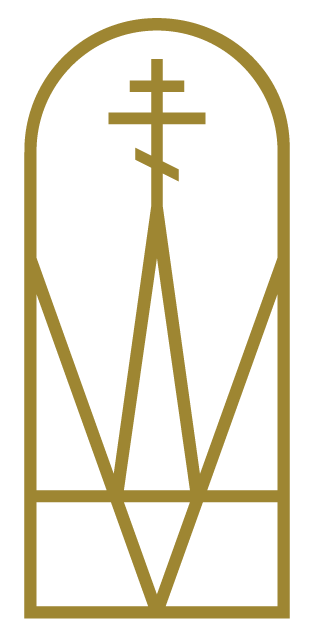...Sanctify those who love the beauty of Your house...
A project to endow St. Volodymyr Cathedral of Toronto with beautiful, handwritten icons, in celebration of the 2026 centenary of the parish.
The Icon
AN INTRODUCTION
The Greek word eikōn simply means “image,” but the word has come in Orthodox tradition to mean much more than simply a pictorial representation of a religious subject. Every icon, whether it depicts Christ, the Word and Son of God, Mary the Mother of God, a saint, or a biblical scene or feast, represents a confession of faith and a witness to the Incarnation. This is because the icon is a symbol, which manifests something greater than its physical limits allow. Like the written word, an icon expresses divine truth in a manner that humans can perceive and understand. As St. John of Damascus asserted in the eighth century, when Orthodox Christians “venerate images, it is not veneration offered to matter, but to those who are portrayed through matter in the images.”* Nor is the appreciation of this transcendent power limited to the initiated: when St. Volodymyr sent emissaries from Kyiv to Byzantium, it was the power of icons that opened their hearts to the conversion of Rus’.
“Then the Greeks led us to the edifices where they worship their God, and we knew not whether we were in heaven or on earth. For on earth there is no such splendour or such beauty... We only know that God dwells there among men.”
Holy Icons
Form and Meaning
An “icon” usually means a portable wooden panel, painted either with encaustic wax (especially before about the seventh century) or with egg tempera. However, the term refers in its widest sense also to the images portrayed in frescoes or mosaics on church walls, on sacerdotal vestments, altar vessels, Gospel and liturgical book covers, crosses and other media. Panel icons may be made not only on wood, but also on ivory, metal, textile and many other materials. Icons may serve decorative or pedagogic purposes, in addition to acting as liturgical or devotional objects. All of these forms of icons, however, share one important characteristic: they offer a window into eternal meaning and are thus worthy of honour and devotion. Such honour is not offered to the icon itself, but to what it represents.*
“An icon is not simply a religious picture designed to arouse appropriate emotions in the beholder; it is one of the ways whereby God is revealed to us. Through icons, the Orthodox Christian receives a vision of the spiritual world.”

“It all begins with an idea. Maybe you want to launch a business. Maybe you want to turn a hobby into something more. Or maybe you have a creative project to share with the world. Whatever it is, the way you tell your story online can make all the difference.”
— Squarespace

